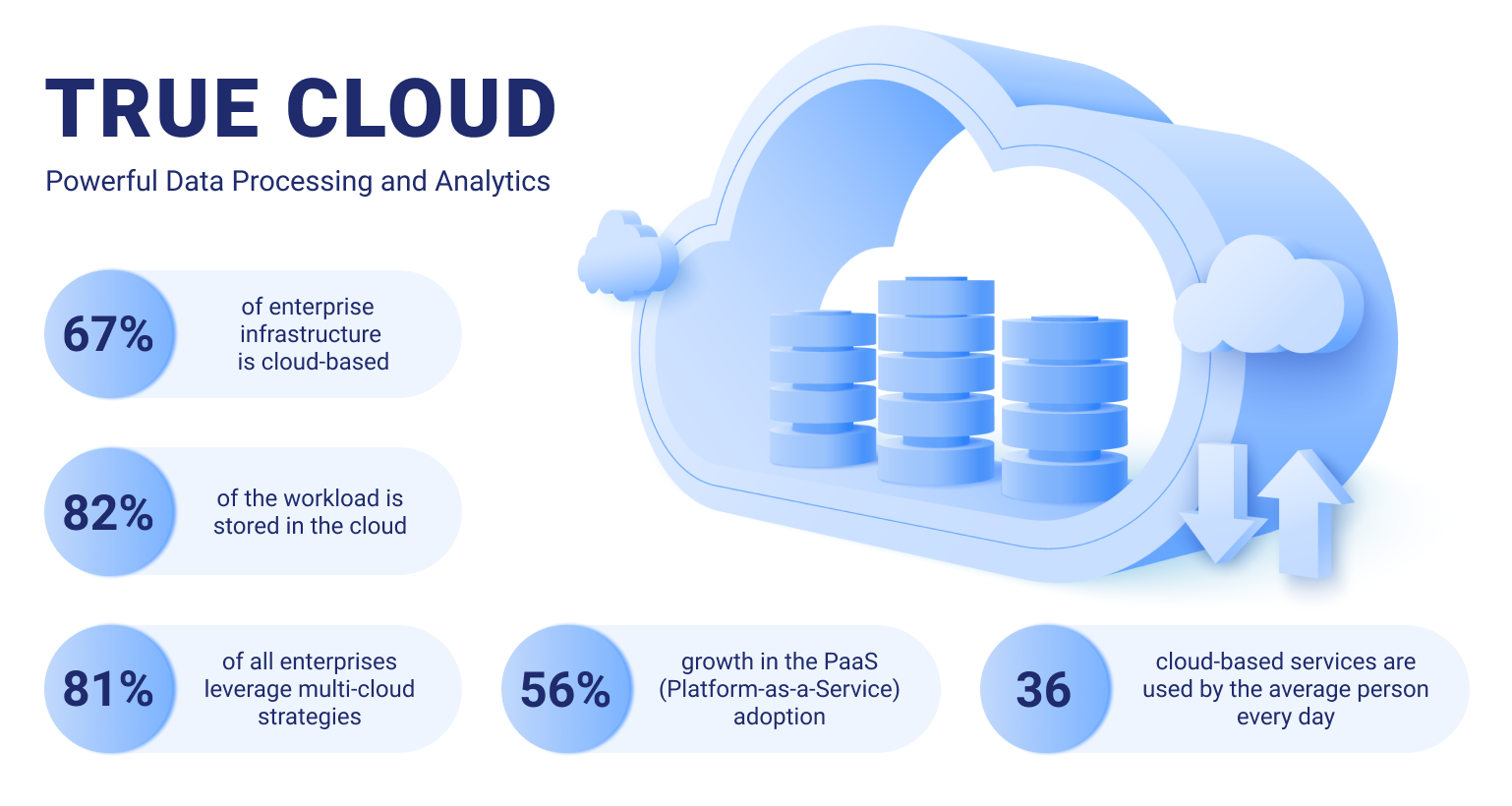Today, banks and financial institutions face multifaceted risk architecture challenges when moving to the cloud. The cloud helps businesses to become more effective in identifying and mitigating risks, more efficient and faster at supporting customer needs, better suited to support decision-making across their organization, and better prepared to meet regulatory expectations. A lack of proper risk analysis or up-to-date risk architecture makes an organization vulnerable to failure.
A well-designed risk architecture can enhance an organization’s capabilities, ensures effective, efficient, and agile risk assessment, and positively influences risk analysis. A true cloud risk architecture also helps an organization to better meet its current and potential needs and to facilitate its expansion into new asset classes and business strategies.
Legacy Technology Causes Real-Time Risk Analysis Issues
Many financial organizations struggle to provide up-to-the minute risk data due to their legacy risk infrastructures and outdated core technologies. Designing a risk management system that embraces powerful real-time risk computation, aggregation, and visualization requires a strong grasp of modern optimization techniques and knowledge of distributed computing best practices. The move toward more powerful, cloud-based enterprise risk architectures reflects how these technologies enable financial institutions to better monitor, analyze, and extract actionable intelligence from the vast amounts of data they generate on a daily basis.
Systems and risk management frameworks designed to address performance and architectural risk issues must be able to adapt to the ever-growing number of new products, trading strategies, and regulations. However, as today’s enterprise risk systems need time to reach a stable running state from a jump start, replacing legacy risk architectures may involve the consumers of risk alternating between the new cloud architecture and the risk models they are used to. The transition can be painful, as they are attached to the systems they have used for years.
Solving Enterprise Risk Management Issues
Implementing a proper risk architecture strategy and creating a separate risk infrastructure instead of using the existing software architecture when moving to the cloud may eliminate the downsides of on-premises legacy systems, such as:
- High-cost computational and storage resources
For a financial organization, setting up its own private data center for enterprise risk management involves enormous upfront costs. These cover hardware, the installation itself, software licensing fees, data backup, extra IT services, internal or external IT staff for ongoing support, maintenance, and security, as well as covering energy costs, hosting costs, and extra office space. When using the cloud, on the other hand, the organization only pays subscription fees, and thus, according to Microsoft, the cloud might be more cost-efficient than keeping a whole infrastructure on premises.
- Poor scalability
Poor scalability of legacy systems slows down business growth. But it is never an issue for an organization that has reengineered their system’s risk architecture and properly transferred it to the cloud. Modern cloud technologies provide many scalability options, such as horizontal, vertical, dynamic, proactive, and reactive scalability. This amount of flexibility is virtually impossible to achieve using the on-premises legacy system’s architecture without, at least, putting in excessive amounts of effort.
- Low performance
Low performance of the legacy risk architecture can be drastically improved when moving to the cloud by using true cloud best practices and technologies such as AWS, Docker, Kubernetes, Lambda, Fargate, Step, and Azure Functions.
- Poor data processing and analytics
Making bad decisions due to poor data processing and analytics can lead to critical losses for an organization. A properly engineered risk architecture combined with powerful cloud computing makes data processing easier and much more efficient. This is why many organizations choose the cloud, with 67% of enterprise infrastructure being cloud-based and 82% of the workload being processed in the cloud. Source: Data compiled from multiple sources by TechJury.net, September 21, 2021
Source: Data compiled from multiple sources by TechJury.net, September 21, 2021
- Outdated data infrastructure
According to the Deloitte Tech Trends 2021 Report, organizations will need to reengineer their data infrastructures completely to make their valuable unstructured and nontraditional data from legacy systems and databases suitable for aggregation and storage in cloud-based solutions optimized for machine learning. ML’s advanced analytics provide huge benefits as they can recognize low levels of statistical significance across a large number of factors that will be inefficient or completely unusable if the organization keeps relying on traditional, unoptimized data storage and modeling techniques.
- Too rigid and slow core technology
Bank core systems are traditionally an old technology. The expense of maintenance and workarounds consumes valuable resources that could be invested in further digital channel improvements. A stable and flexible core risk architecture empowers all the financial institution’s vertical systems, and ensures reusability and discipline for all analytical models across its entire risk platform. According to Craig Focardi from American Banker, banks can also modernize their core risk technologies by integrating them with web-based digital channel technologies and data warehouses to improve the processing speed and process workflows.
- Inefficient processes
Old and inefficient processes are also a critical issue for legacy systems. Implementing a new true cloud risk architecture increases performance and allows financial institutions to meet their current demand and quickly add new services and analytics to their risk platforms.
Enterprise Risk Management is Better in the Cloud
We believe that these enterprise risk management challenges can be addressed by moving the existing on-premises architecture to the cloud. Modern transformation-oriented architecture provides better business flexibility for banks, even though the enterprise banking cloud has its unique requirements and calls for a completely different design approach to avoid any architectural risk issues.
In CompatibL’s experience, a complex project with strict deadlines and budget limitations often causes a project’s leadership to take the path of least resistance and simply transplant existing software architecture to the cloud, relying completely on the Infrastructure-as-a-Service (IaaS) offering of their cloud provider. This option migrates the application by merely creating its mirror image in the cloud, with each on-premises server migrated to its virtualized cloud counterpart. This approach requires minimal changes in the software itself.
However, in the long run, this option deprives organizations of the tremendous value and potential of true cloud technologies such as Docker, Kubernetes, Amazon Web Services (AWS), and Lambda, Fargate, Step, and Azure Functions. These technologies drastically reduce infrastructure costs, as the organization pays for the computing resources only when it uses them, and the cost is based on how many resources have been used. The organization also does not have to deal with idle resources or with limited capacity, as the resources can be easily scaled up and down. Cloud computing resources achieve a much greater speed and are available in next to no time, providing a sub-millisecond latency and the ability to deploy applications in multiple regions in one click.
CompatibL’s strategy of incorporating true cloud technologies into the enterprise risk architecture empowers banks and financial institutions to realize these benefits without additional time or cost requirements.



